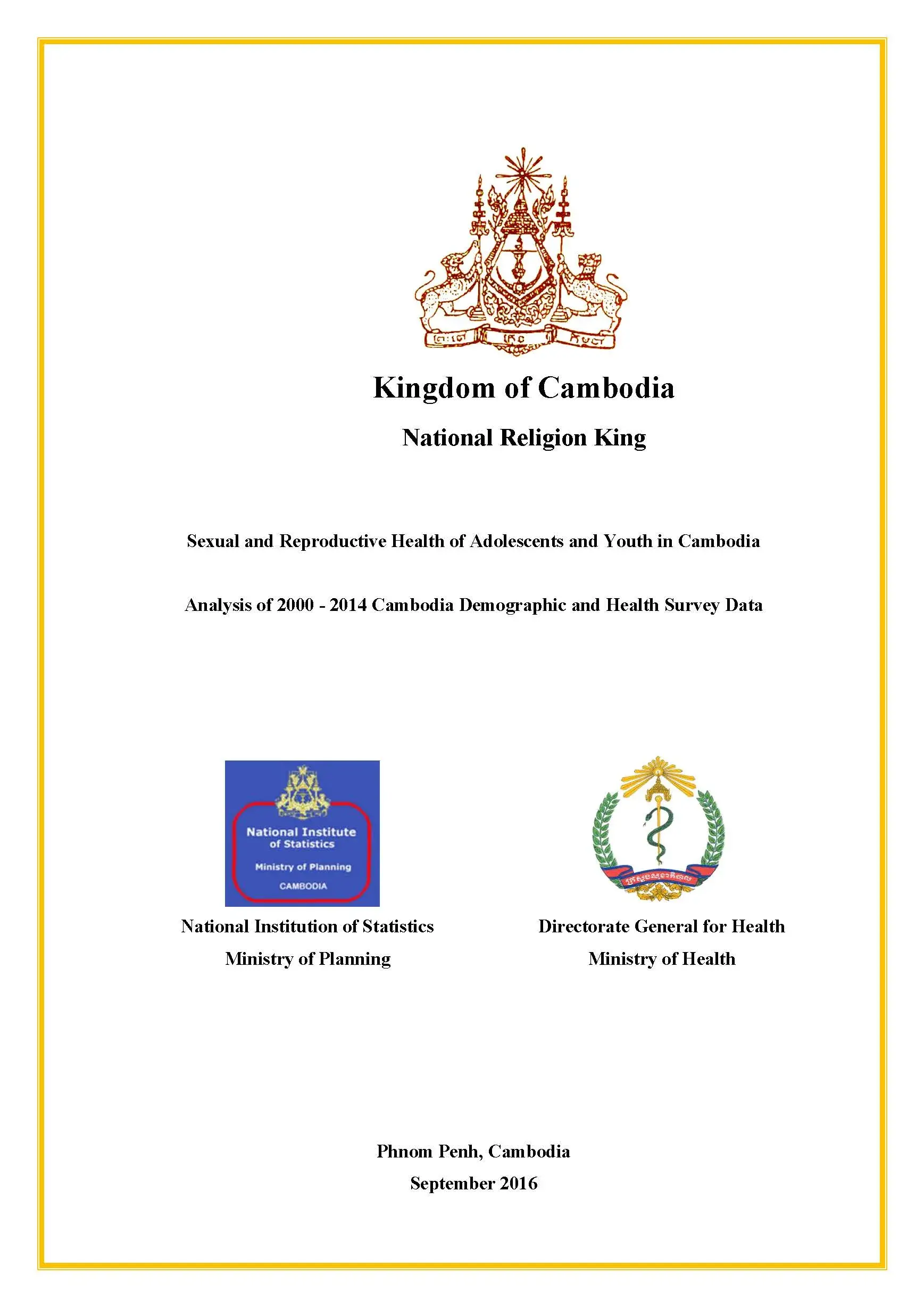Although at the population level there appears to be a dramatic decline in the percent of young women reporting an unmet need for family planning, we found that many using less reliable traditional methods of contraception are reporting that their needs for planning and spacing pregnancy are being met. When we consider that two thirds of unplanned pregnancies in young females occur in those using traditional methods of contraception the figures on unmet need are misleading.
There has been a significant decline in the number of young women who have a comprehensive knowledge about the risk factors for HIV infection and although the percent of young men who have a comprehensive knowledge about risk factors for HIV has remained consistent from 2005 to 2014, overall the rates of condom use have decreased significantly across that period.
While there has been a significant increase in the percent of young women using modern contraceptive methods to assist with family planning, this has occurred alongside an increase in the use of traditional methods. Of particular note is the increasing use of traditional methods in young women with higher education levels and from wealthier socioeconomic quintiles. However, the vast majority of sexually active young women are not using any form of contraception, especially those under 20 years of age.


